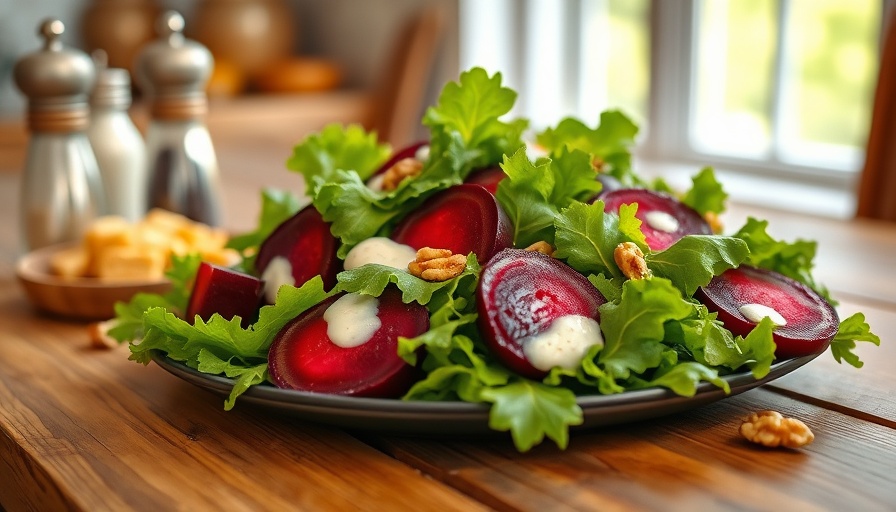
The Hidden Health Benefits of Celery: Beyond the Salt
Celery, often overlooked as just a crunchy snack, is gaining attention for its potential health advantages. Research suggests that this green stalk may aid in reducing high blood pressure due to its unique composition. While it's true that celery contains about 100 mg of sodium per cup, a paradox lies in its other compounds, like NBP, which could help relax blood vessels, leading to lower blood pressure. Studies using celery seed have shown promise in lowering systolic and diastolic numbers in clinical settings, casting a bright light on its heart-healthy properties.
In 'The Benefits and Side Effects of Celery', we dive into the multifaceted health effects of this oft-ignored vegetable, uncovering key insights that propel further exploration into its nutritional promises.
Understanding the Anatomy of Celery: More than Meets the Eye
Delving deeper, we find that celery isn't just a one-trick pony. Studies indicate that certain compounds in celery may impart additional benefits, such as improving sexual function. In a clinical trial focused on women's sexual dysfunction, those who consumed around 500 mg of celery seed daily reported significant improvements. This finding highlights why the conversation around celery needs to expand beyond its nutritional basics.
Celery Juice: A Trend Worth Following?
Many health enthusiasts are turning to celery juice, advocating for its detox and health benefits. Some anecdotal reports and a few clinical observations suggest that regularly juicing celery might dramatically reduce blood pressure. While a review supports celery's potential as an antihypertensive agent, caution remains; not all claims are backed by robust evidence. A critical evaluation of the juice phenomena is warranted to ascertain its true impact.
Possible Risks: Not Everything Green is Safe
Despite its benefits, celery comes with caveats that consumers should be aware of. Instances of allergies to celery, especially among individuals with certain pollen allergies, could lead to severe reactions. Furthermore, excessive intake might result in adverse side effects like hyperthyroidism or even the rare but serious celery blisters from psoralens, which heighten sunlight sensitivity. This underlines the importance of moderation and awareness when incorporating celery into your diet.
Strategies for Safely Incorporating Celery into Your Diet
To mitigate potential risks while maximizing benefits, consider cooking celery. Cooking can neutralize various allergens, making it safer for individuals who may experience reactions to the raw vegetable. Furthermore, for those looking to enjoy the potent health benefits without excessive sodium, get creative with celery in smoothies, where it can be combined with fruits and veggies that complement its flavor.
Final Thoughts: A Nutritious Addition With Considerations
So, is celery worth the hype? As we've explored, while it offers promising health benefits that could positively influence blood pressure and sexual function, attention to potential allergies and adverse effects is equally vital. By integrating celery thoughtfully, individuals can enhance their diet, but always with an eye on moderation and personal health factors.
For enthusiasts of nutrition and health, understanding the nuances of foods like celery empowers better dietary choices. Stay informed, stay curious, and don’t shy away from exploring foods that can impact your wellbeing.
 Add Row
Add Row  Add
Add 







Write A Comment